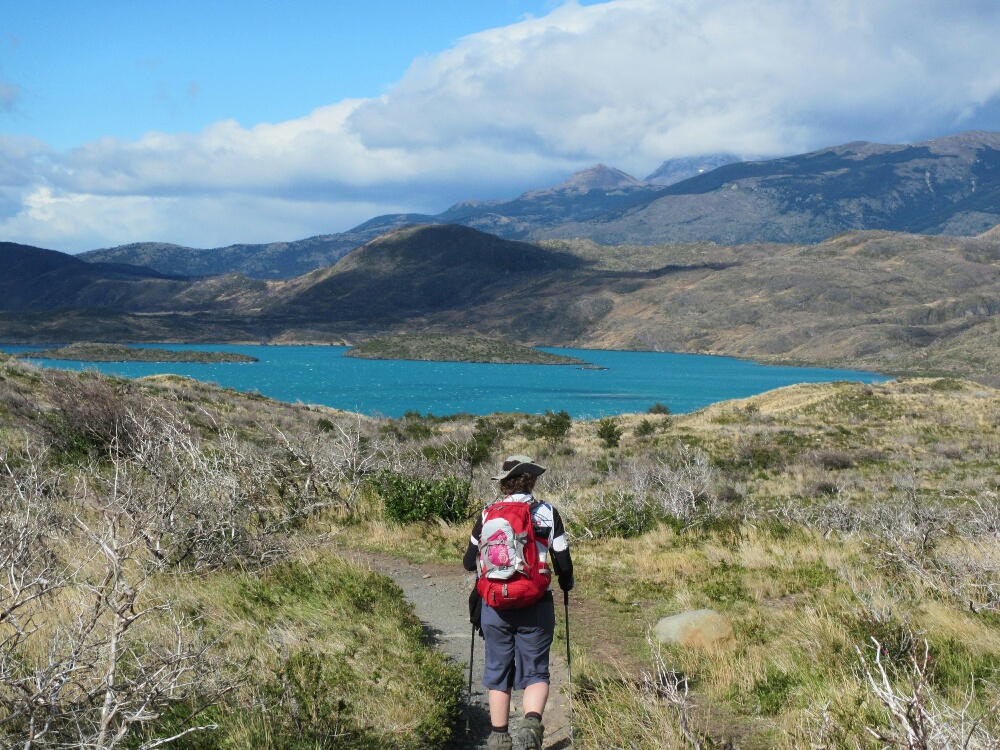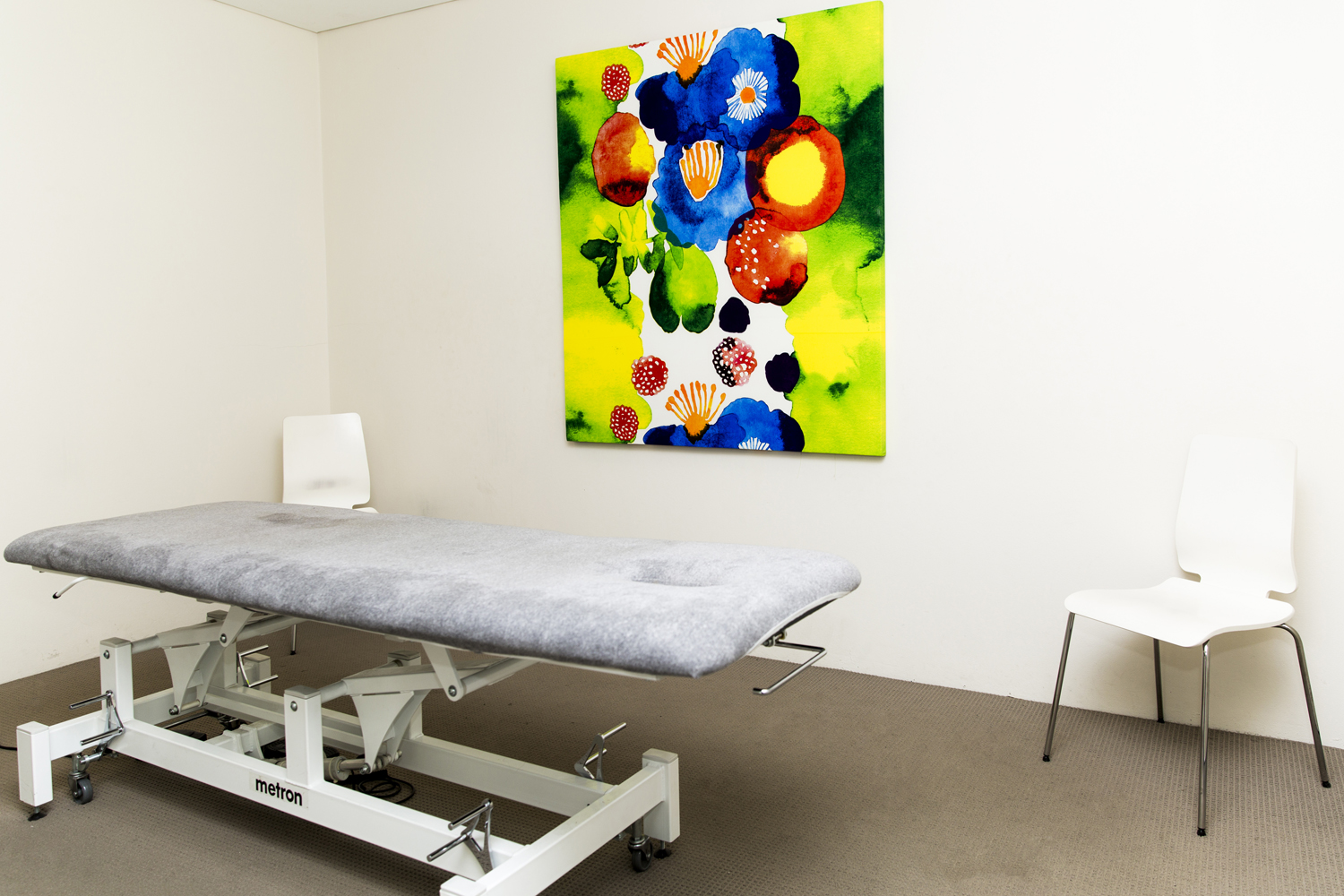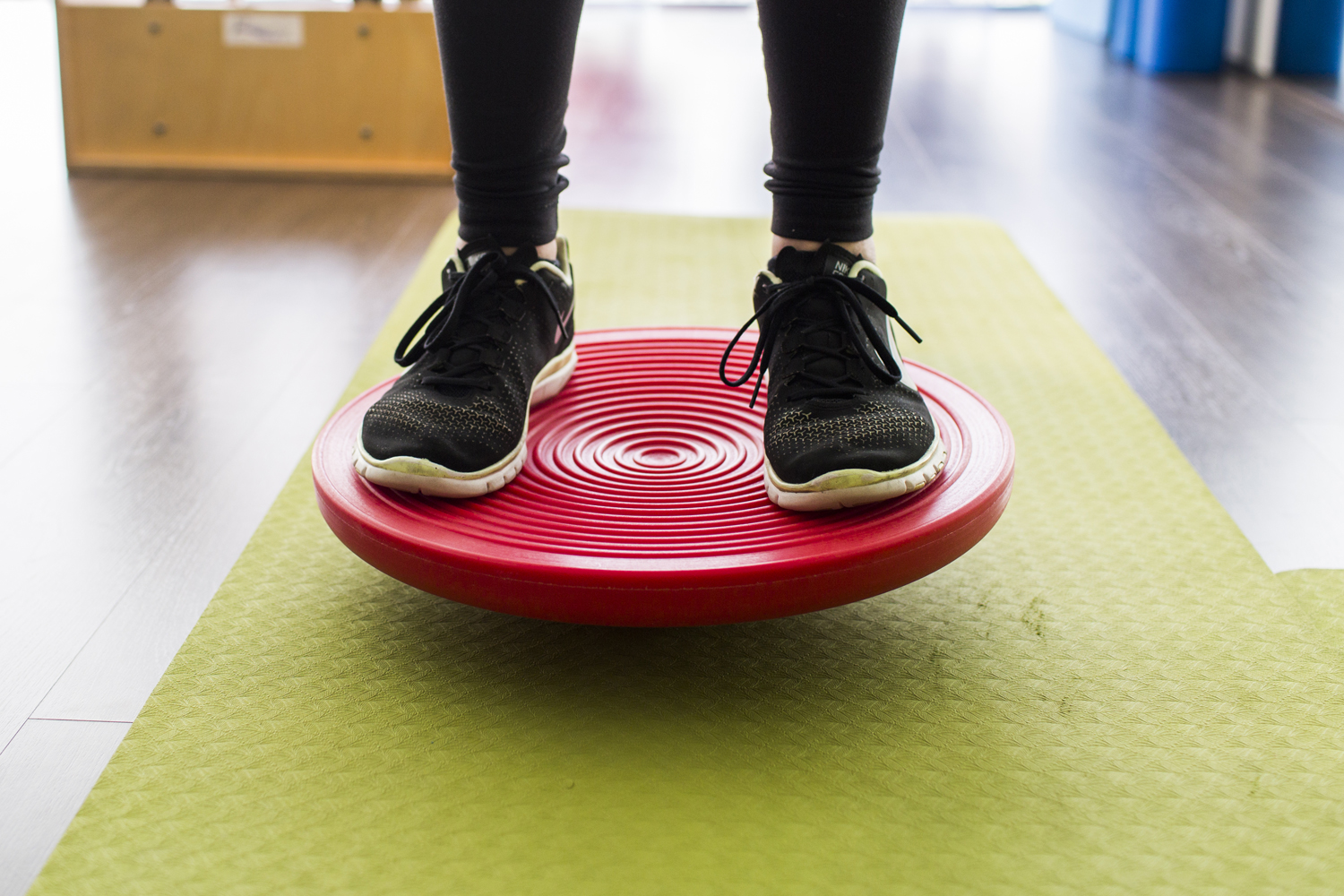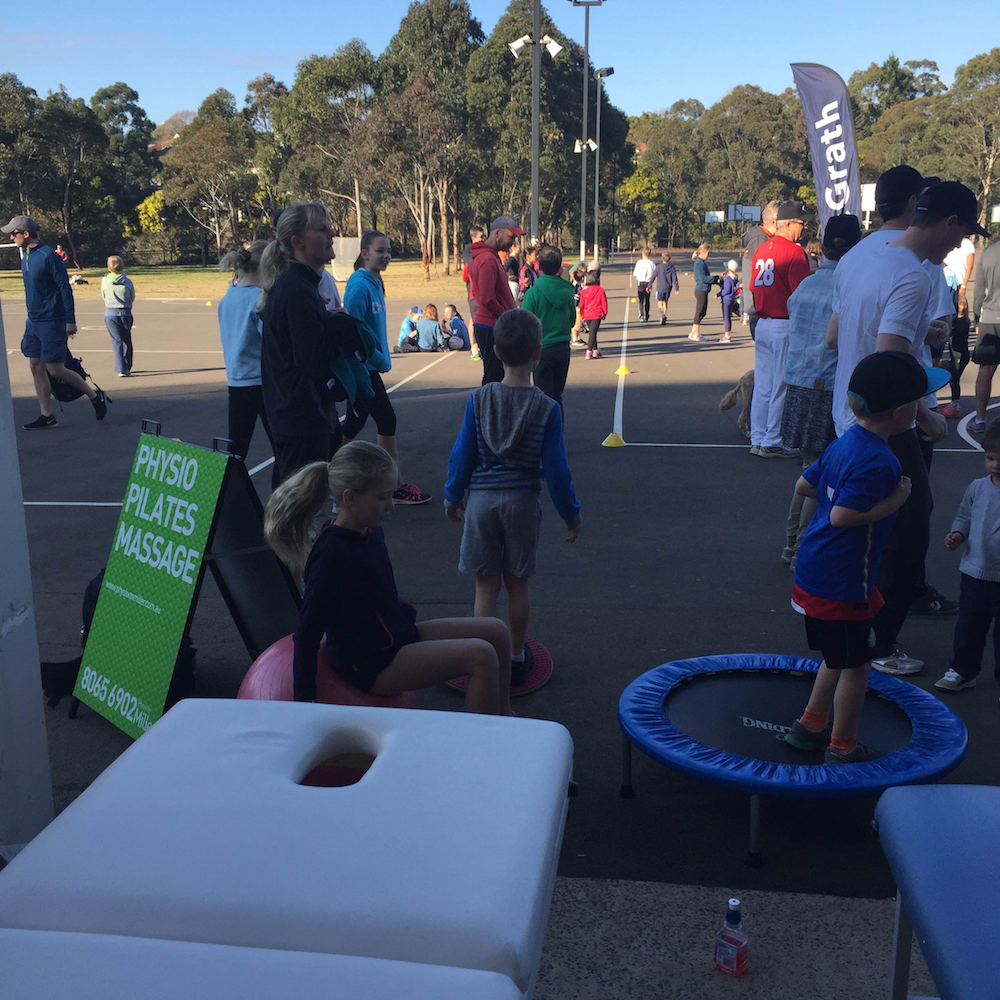Physio On Miller Success Story
We love it when we hear about our clients who have overcome their injury to accomplish something fantastic. Just before Christmas we met a wonderful client who had unfortunately had a nasty fracture of her ankle requiring surgery and 6 weeks on crutches. The worst part was she only had another 6 weeks before she was going overseas on a trekking adventure.
We had our work set out for us and together we worked hard to get her ankle as flexible, strong and stable as possible. Our physios massaged, mobilised, taped and prescribed exercises. Our client stretched, strengthened, practised her balance and increased her endurance all to get ready for her big trek.
Only this week I received some great photos of her trekking through Antartica and Torres del Pain. With encouragement and confidence she was able to accomplish what she set out to achieve.
We love to hear about your success stories so no matter how big or small please let us know about your proud moment.





